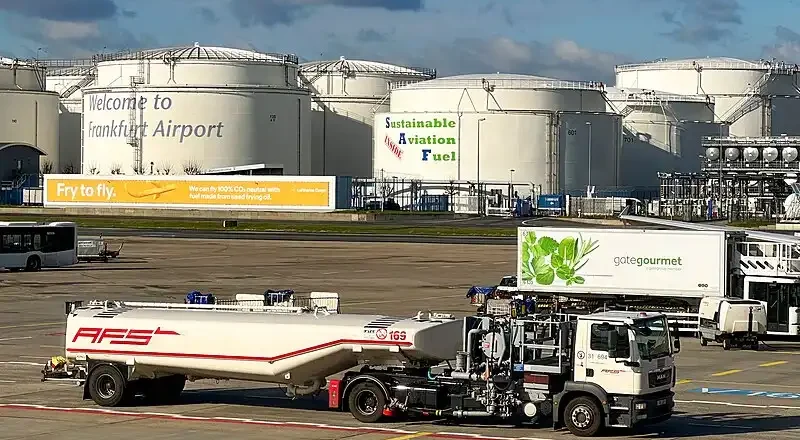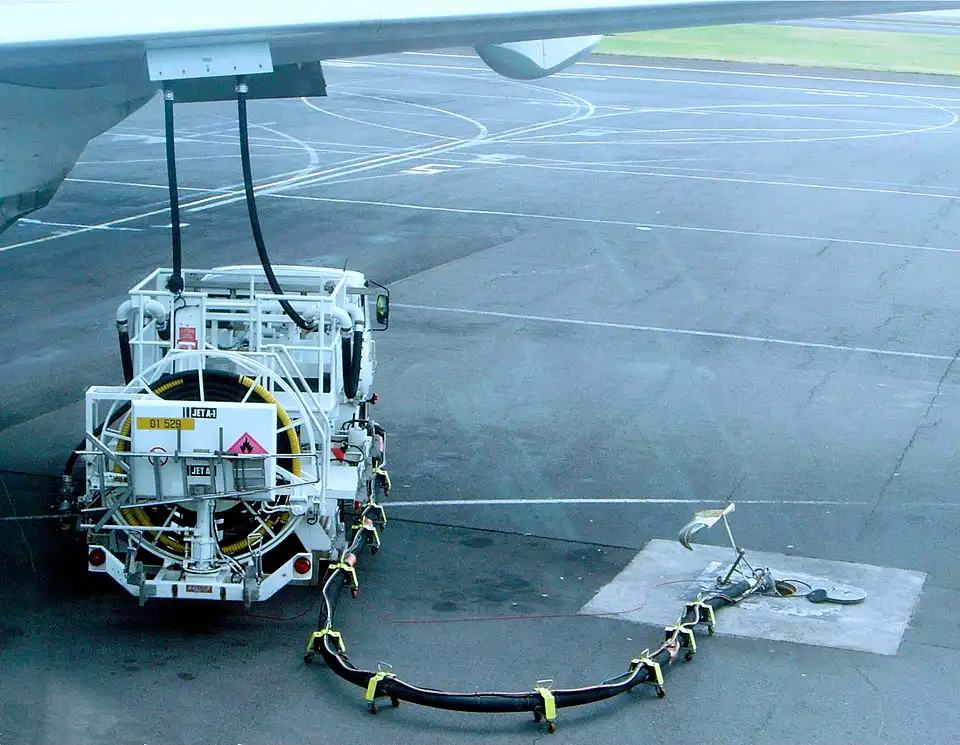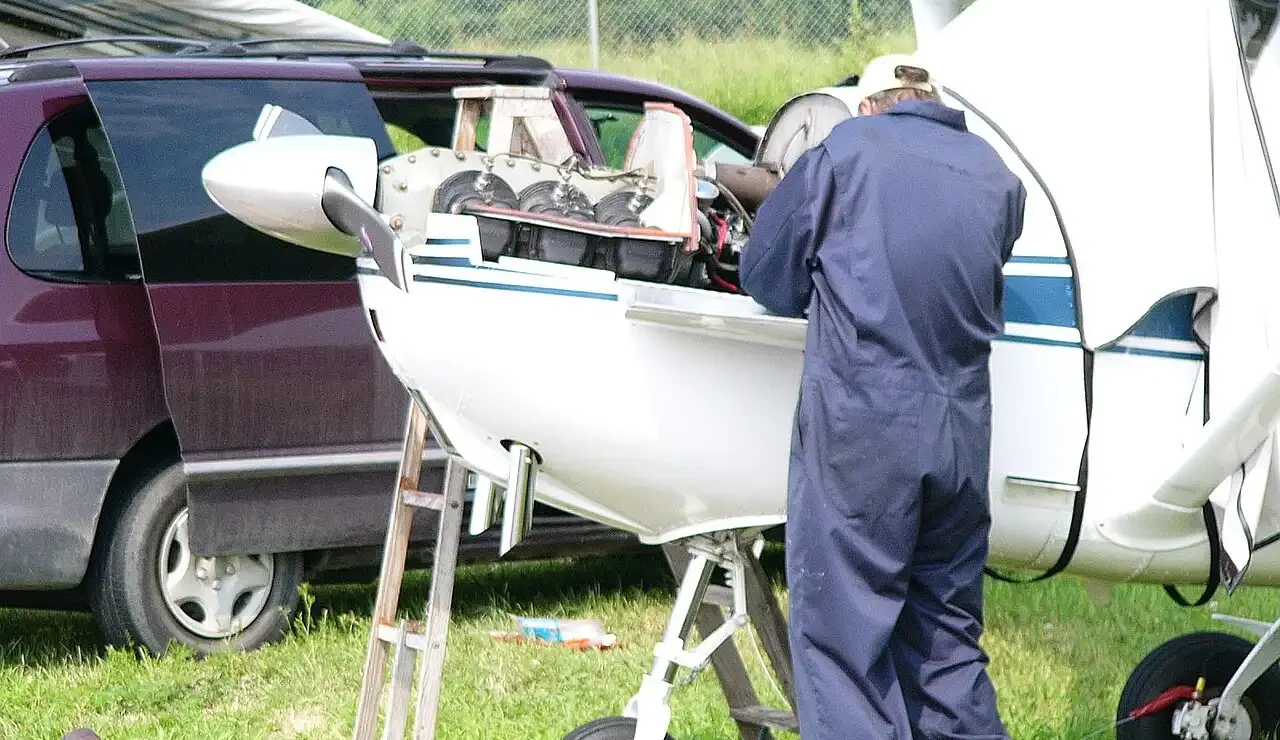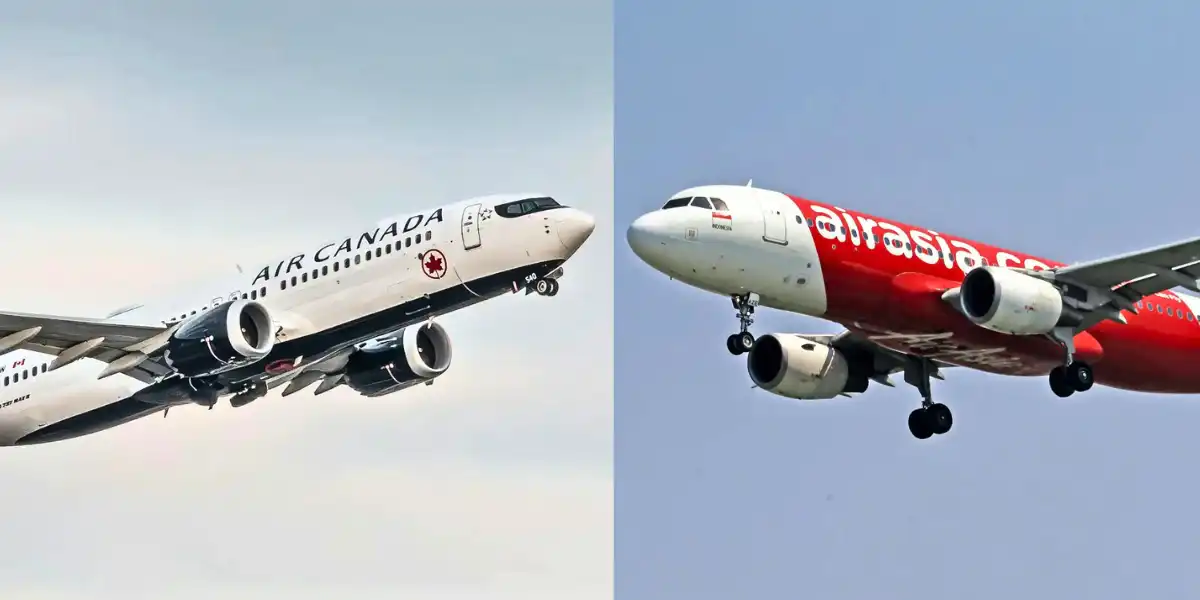Why Sustainable Aviation Fuel Struggles to Take Off Despite Industry Promises
Sustainable aviation fuel has become the aviation industry’s most promising pathway to reducing carbon emissions, yet the technology faces significant implementation challenges. As airlines and manufacturers pledge carbon neutrality, the gap between commitments and reality reveals a complex landscape of technological, economic, and regulatory hurdles.
The Broken Promise of Sustainable Aviation Fuel: Understanding the Implementation Gap
The aviation sector contributes approximately 2.5% of global carbon emissions, a figure projected to triple by 2050 without intervention. Sustainable aviation fuel offers a potential solution, promising up to 80% lower lifecycle carbon emissions compared to conventional jet fuel. However, despite these environmental benefits, sustainable aviation fuel currently accounts for less than 0.1% of global jet fuel consumption.
Major airlines have made ambitious commitments to increase their use of sustainable aviation fuel. United Airlines pledged to purchase 1.5 billion gallons over the next 20 years, while Delta aims to replace 10% of its conventional fuel with sustainable alternatives by 2030. These targets represent a significant industry shift, but production capacity constraints present a formidable obstacle.

Production Challenges and Cost Barriers for Sustainable Aviation Fuel
The primary barrier to widespread adoption of sustainable aviation fuel remains its cost—currently 2-5 times more expensive than conventional jet fuel. This price differential creates a significant economic disincentive for airlines already operating on thin profit margins.
Production capacity presents another substantial challenge. Current global production of sustainable aviation fuel stands at approximately 100 million gallons annually, while the aviation industry consumes nearly 95 billion gallons of fuel each year. Scaling production to meet even modest adoption targets will require massive investment in new facilities and technology.
“The sustainable aviation fuel industry needs approximately $250 billion in capital investment to reach production levels that would make a meaningful impact on aviation emissions,” notes the International Air Transport Association (IATA) in their recent sustainability report.
The feedstock challenge further complicates production scaling. Sustainable aviation fuel can be produced from various sources including:
- Used cooking oil and animal fats
- Agricultural residues and forestry waste
- Municipal solid waste
- Purpose-grown energy crops
- Carbon captured from industrial processes or the atmosphere
Each feedstock presents its own sustainability considerations. For example, while used cooking oil offers excellent carbon reduction benefits, its limited global supply cannot meet aviation’s needs. Energy crops raise concerns about land-use competition with food production, potentially leading to unintended environmental consequences.
Regulatory Landscape and Policy Support for Sustainable Aviation Fuel
Government policy will play a critical role in accelerating sustainable aviation fuel adoption. Several countries have implemented or proposed mandates requiring airlines to blend minimum percentages of sustainable fuels with conventional jet fuel. The European Union’s “ReFuelEU Aviation” initiative, for example, will require fuel suppliers to include 2% sustainable aviation fuel by 2025, increasing to 63% by 2050.
In the United States, the Sustainable Aviation Fuel Grand Challenge aims to produce 3 billion gallons annually by 2030 and 35 billion gallons by 2050. The Inflation Reduction Act also introduced tax credits of up to $1.75 per gallon for sustainable aviation fuel production, helping to narrow the cost gap with conventional fuel.
Despite these initiatives, policy frameworks remain fragmented globally. Harmonized international standards and coordinated incentives would provide the industry with greater certainty for long-term investments in sustainable aviation fuel production capacity.
“Consistent policy support across major aviation markets is essential to creating the stability needed for producers to commit to new sustainable aviation fuel facilities,” explains the World Economic Forum’s Clean Skies for Tomorrow Coalition, which brings together aviation stakeholders to accelerate the transition to net-zero aviation.

Technological Innovation: The Future of Sustainable Aviation Fuel
While current sustainable aviation fuel production primarily relies on established processes like hydroprocessed esters and fatty acids (HEFA), emerging technologies could dramatically expand production capacity and reduce costs.
Power-to-liquid fuels, which synthesize sustainable aviation fuel from hydrogen and captured carbon dioxide using renewable electricity, represent a particularly promising pathway. This approach could potentially overcome feedstock limitations while achieving near-zero lifecycle emissions. However, the technology remains in early commercial development, with high production costs and energy requirements presenting significant challenges.
Fischer-Tropsch synthesis, which converts biomass or municipal waste into liquid hydrocarbons, offers another viable production pathway. Several commercial-scale facilities using this technology are under development, with the potential to increase sustainable aviation fuel production capacity substantially in the coming years.
Consumer Demand and Corporate Sustainability Commitments
Corporate sustainability commitments represent another driver of sustainable aviation fuel adoption. Companies including Microsoft, Deloitte, and Amazon have announced programs to offset their business travel emissions by supporting sustainable aviation fuel production. These corporate initiatives help create demand certainty for producers while allowing companies to reduce their Scope 3 emissions.
Consumer awareness of aviation’s climate impact has also grown significantly, leading to concepts like “flight shame” and increased demand for lower-emission travel options. While most passengers remain unwilling to pay substantial premiums for flights using sustainable aviation fuel, this sentiment could shift as climate concerns intensify and the cost differential narrows.
The Road Ahead for Sustainable Aviation Fuel
Despite current challenges, the future for sustainable aviation fuel looks promising, with several factors potentially accelerating adoption:
- Technological advancements and economies of scale could substantially reduce production costs over the next decade.
- Strengthening climate regulations may increase the cost of carbon emissions, improving the economic case for sustainable aviation fuel.
- Growing consumer and corporate demand for lower-emission travel options could create market pull for sustainable aviation fuel.
The aviation industry has set ambitious targets, with the International Air Transport Association (IATA) committing to net-zero carbon emissions by 2050. Sustainable aviation fuel is expected to contribute up to 65% of this emissions reduction, making its successful scaling critically important to aviation’s climate goals.
For sustainable aviation fuel to fulfill its potential, coordinated action across the entire value chain—from feedstock suppliers and fuel producers to airlines, corporate customers, and policymakers—will be essential. While the challenges are significant, the environmental imperative and growing momentum behind sustainable aviation suggest that the industry will overcome these obstacles to bring sustainable aviation fuel into mainstream use.










